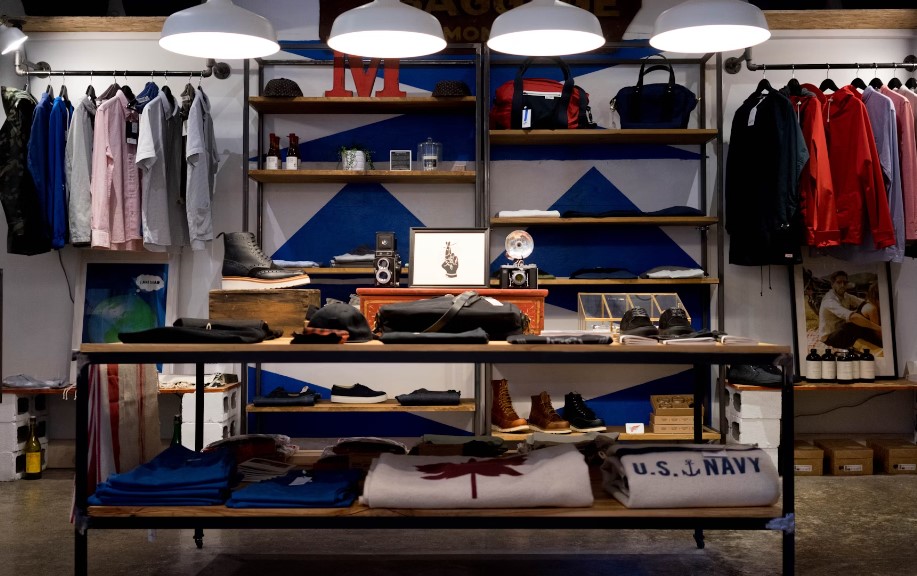In the bustling world of retail, in-store demos stand out as a great tool to boost sales. These live demonstrations aren’t just about free samples. They’re a strategic marketing tool that can greatly boost sales. But what makes in-store demos so effective, and how can brands leverage them? This article explores the world of in-store demos and their impact on sales.
Understanding In-Store Demos
In-store demos are live presentations conducted within a retail environment where customers can sample products, ask questions, and interact directly with brand representatives. These demos allow customers to experience the product firsthand before making a purchase.
History of In-Store Demos
The concept of in-store demos dates back to the early 20th century, with the rise of supermarkets and department stores. Over the years, these demos have evolved from simple taste tests to interactive and immersive experiences, incorporating elements of entertainment and education to engage shoppers.
The Psychology Behind In-Store Demos
One of the primary reasons in-store demos are so effective is their ability to create a sensory experience. They engage many senses:
- Taste
- Smell
- Sight
- Sound
This allows demos to create a memorable experience that influences purchasing decisions. When customers taste a delicious sample, the immediate sensory gratification often translates into a desire to buy the product.
Building Trust and Brand Loyalty
In-store demos also help build trust and brand loyalty. Customers interacting with knowledgeable and friendly brand representatives are prone to develop a positive perception of the brand. This personal interaction helps to build trust, making customers more likely to choose that brand in the future.
Benefits of In-Store Demos for Brands
One of the most obvious benefits of in-store demos is the immediate boost in sales. Customers who sample and enjoy a product are much more likely to make an impulsive purchase on the spot. This immediate increase in sales can be substantial, making demos a worthwhile investment for brands.
Customer Feedback and Insights
In-store demos provide an invaluable opportunity for brands to gather customer feedback. By observing customer reactions and listening to their comments, brands can gain insights into consumer preferences and identify potential areas for improvement. This feedback loop is key for product development and refinement.
Enhanced Brand Awareness
Demos also enhance brand awareness. When customers see a product being demonstrated in-store, it increases visibility and familiarity. Even if customers don’t buy right away, the demo experience leaves a lasting impression. This makes them more likely to think about the product later on.
Effective Strategies for In-Store Demos
Choosing the right products for in-store demos is crucial. Ideally, brands should select products that are unique, new, or have a high potential for appeal. The goal is to showcase items that will stand out and attract attention.
Timing and Placement
The timing and placement of in-store demos are also important factors. Conducting demos during peak shopping hours and in high-traffic areas of the store can maximize exposure and engagement. Strategic placement ensures that the demo reaches as many potential customers as possible.
Engaging Demonstrators
The success of an in-store demo often hinges on the quality of the demonstrators. Engaging, knowledgeable, and friendly demonstrators can significantly affect how customers perceive the demo and the product. Training demonstrators to communicate the product’s benefits effectively and answer customer questions is essential.
Challenges and Solutions
In-store demos come with challenges. Common issues include coordinating with stores, managing inventory, and low customer engagement. Some customers may also hesitate to try samples due to dietary restrictions or personal preferences.
Effective Solutions to Overcome Challenges
To overcome these challenges, brands can employ several strategies. Effective planning and coordination with retailers are essential to ensure smooth execution. Offering a variety of samples, including options for different dietary needs, can increase customer participation. Additionally, engaging and enthusiastic demonstrators can help capture customer interest and encourage them to try the product.
Training for Demonstrators
Proper training for demonstrators is crucial for the success of in-store demos. Well-trained demonstrators can effectively communicate the product’s benefits and engage with customers in a meaningful way.
Key Training Components
Training should cover product knowledge, customer interaction techniques, and sales strategies. Demonstrators should be equipped to handle customer questions and objections confidently.
Offering ongoing support and development for demonstrators keeps them motivated and effective. Regular feedback and extra training sessions help them stay updated on product information and sales techniques.
Measuring the Success of In-Store Demos
Measuring the success of in-store demos involves tracking key performance indicators (KPIs) such as:
- Sales lift
- Customer engagement
- Product sampling rates
These metrics offer great insights into the effectiveness of the demos.
Analyzing Sales Data and Customer feedback
Analyzing sales data before, during, and after the demo can help determine the direct impact on sales. This data can inform future demo strategies and product selections.
Collecting customer feedback through surveys can provide qualitative insights into the demo experience. Understanding customer perceptions and preferences can help brands refine their approach and improve future demos.
Future Trends in In-Store Demos
Technology Integration
As technology evolves, in-store demos will likely become more sophisticated. Technology integration, such as augmented reality (AR) and virtual reality (VR), can create even more immersive and engaging experiences. For example, customers could use AR to see how a product is made or VR to explore the origins of the ingredients.
Personalized Experiences
Personalization is another emerging trend in in-store demos. By leveraging data and customer insights, brands can tailor demos to individual preferences and create more relevant and impactful experiences. Personalized demos can enhance customer engagement and increase the likelihood of a purchase.
Conclusion
In-store demos are a powerful way to boost sales and connect with customers. They provide immediate sales boosts, impacting a brand’s success. With the right strategies, brands can use in-store demos to drive growth and build lasting customer relationships. Next time you’re in a store, taste the difference – it might lead you to your next favorite product.


